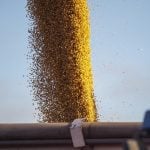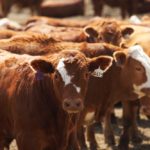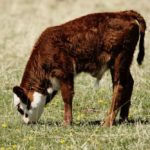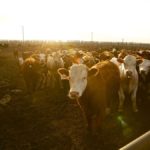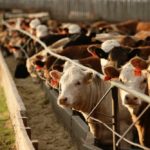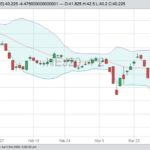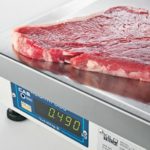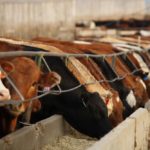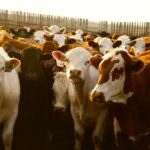Compared to last week, western Canadian yearling prices were $4-$6 lower; mid-weight feeder cattle traded $2 higher to $4 lower. Lighter calves and grassers were quite variable. In Alberta, these cattle ranged from unchanged to as much as $8 higher on average while in the eastern Prairie regions, calves traded $4 lower to $4 higher.


